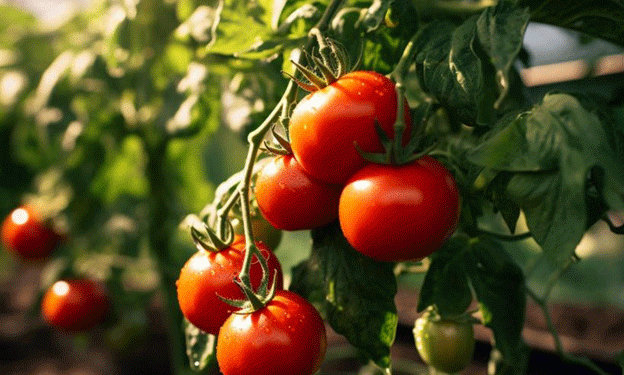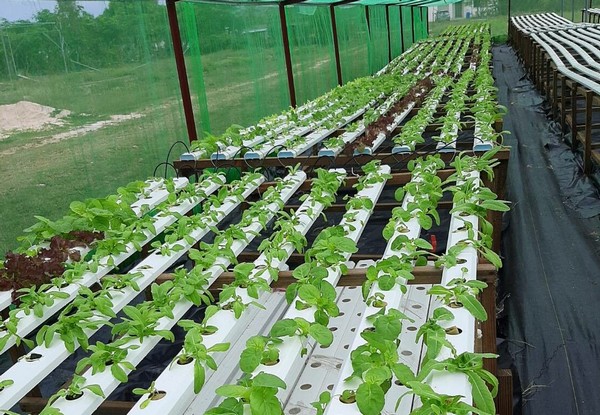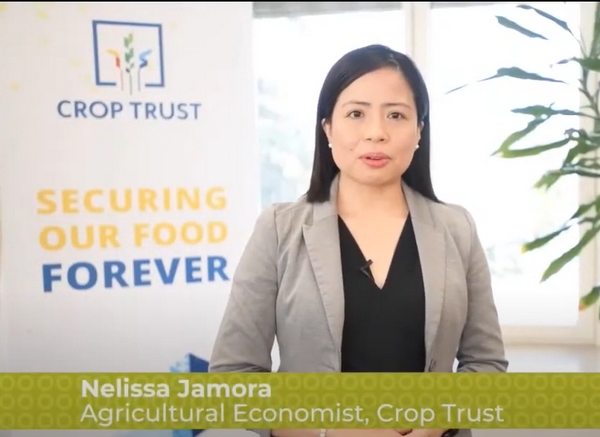For growers aiming to dramatically boost tomato yields this season, there’s an unconventional yet surprisingly effective technique making waves among horticulturists and smallholder farmers alike. Known informally as the “Chinese method,” this practice involves cutting young tomato seedlings and replanting their tops—a process that results in stronger, dual-stemmed plants capable of producing up to twice as many fruit clusters.
How the Method Works
At first, everything proceeds as usual: tomato seeds are sown, nurtured under optimal light and warmth, and grown into sturdy seedlings over 4–5 weeks. But then comes the surprising step—the seedling is cut completely at the base, just above the root zone.
Instead of discarding the top as waste, growers replant it in moist soil—typically in cups or starter pots—and place it in a warm environment around +24–26°C (75–79°F). With consistent moisture, the cutting quickly develops new roots. What makes this technique powerful is that the re-rooted plant tends to grow two strong stems rather than one. This leads to a bushier, more vigorous plant with an increased number of flowering trusses and ultimately more fruit.
Why It Works
According to horticultural researchers from China’s Northwest A&F University and the Chinese Academy of Agricultural Sciences, similar propagation techniques have been used for decades to enhance rooting vigor and improve yield consistency, especially in high-density commercial greenhouses.
By disrupting the seedling’s early growth cycle and stimulating new root development, the plant experiences a surge in metabolic activity, leading to more rapid nutrient uptake and increased resilience to environmental stress.
Studies in controlled trials show that dual-stemmed tomato plants produce 1.8 to 2.1 times more fruit clusters than their single-stem counterparts. In addition, the method can shorten the harvest window by 5–7 days, giving farmers a crucial edge in markets where early produce fetches premium prices.
Pro Tip: Fruit Management Matters
Because the plant produces significantly more fruit, thinning upper trusses can help concentrate sugars in the lower tomatoes, improving their flavor and size. For best results, experts recommend limiting the plant to 8–10 productive clusters.
Global Relevance
As labor and input costs rise globally, especially for greenhouse tomato production, techniques like this are drawing interest from agronomists and engineers looking to optimize land use efficiency. With the right temperature and care, the method is suitable for both open field and protected cultivation environments.
The “Chinese method” of re-rooting tomato tops might seem counterintuitive at first, but it’s a powerful tool for growers seeking to maximize yield and resource efficiency. By encouraging stronger root systems and dual-stem development, this simple yet transformative practice offers a practical solution for farmers aiming to meet rising demand with limited space.












